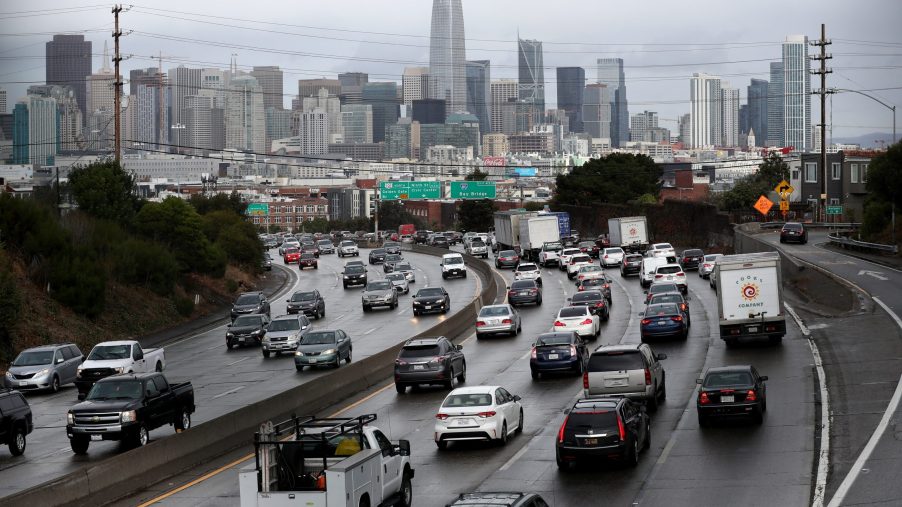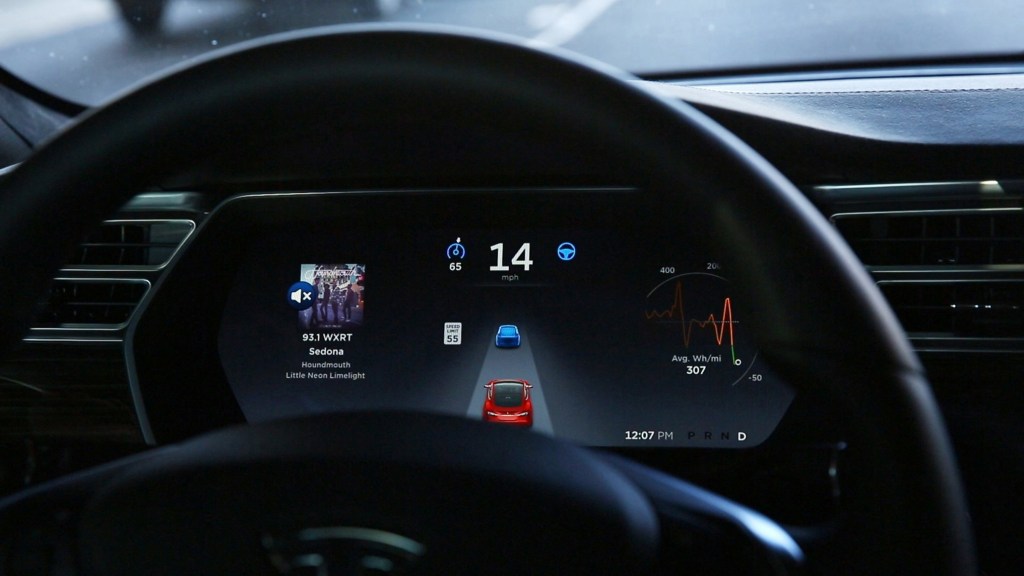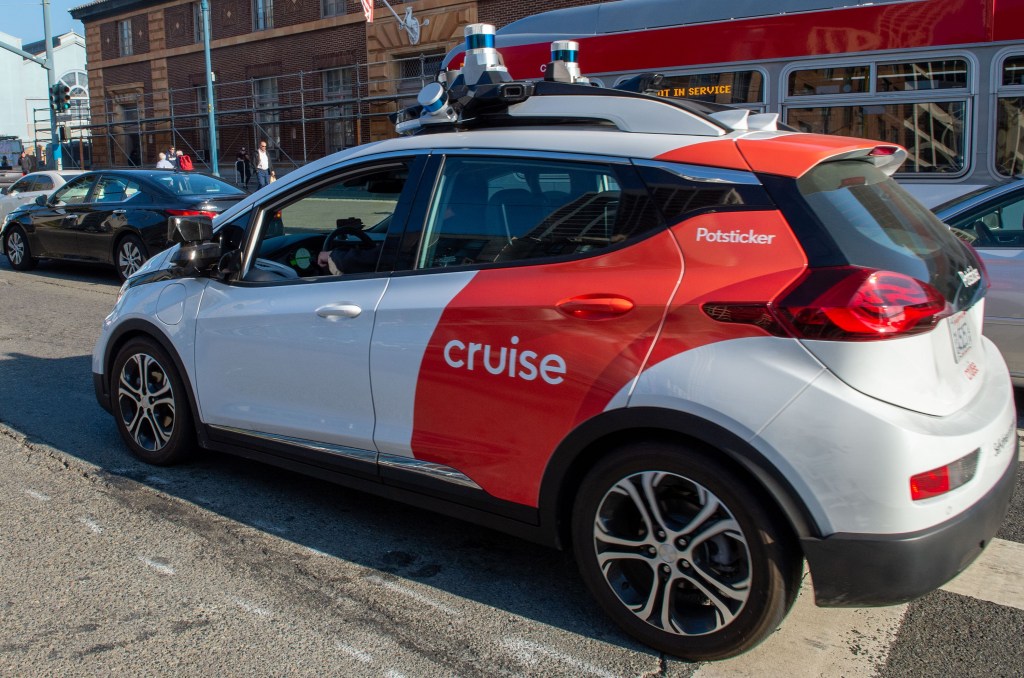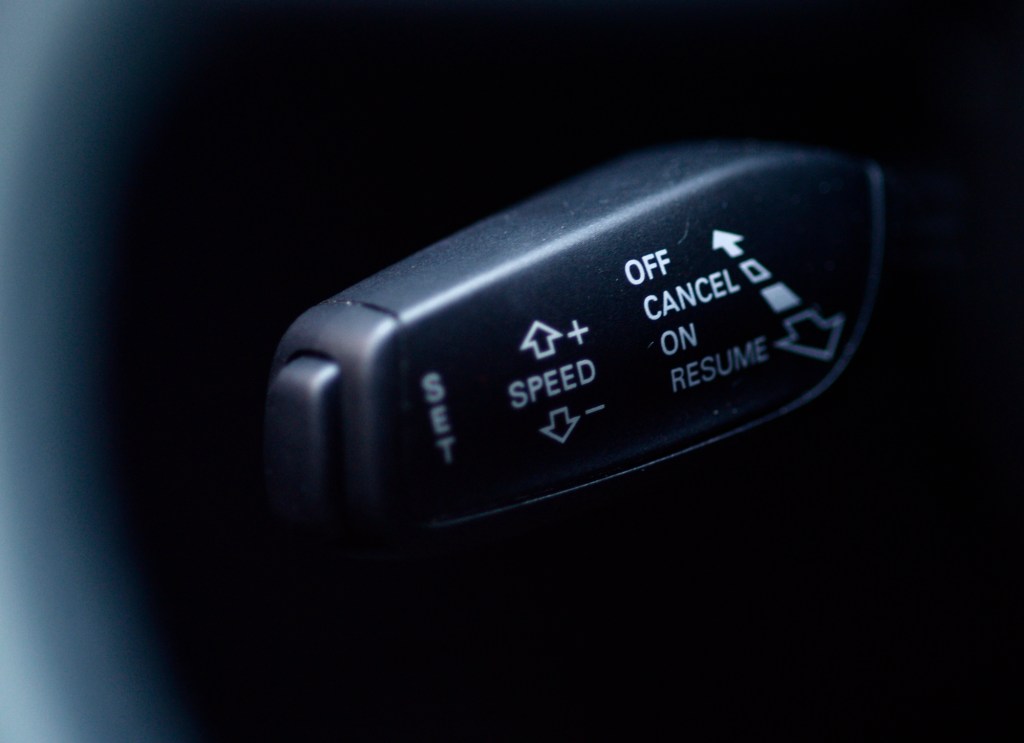
No, Driver Assistance and Self-Driving Are Not the Same Things
I’m here today to clear up a misunderstanding I’ve noticed of late about autonomous vehicles and driving assists. Yesterday, I had an interaction with a family member that went something like this, after I asked how she liked her new Lincoln SUV. “It’s fantastic! It’s self-driving!” Well, no, it certainly is not. In fact, not even Tesla’s drive themselves, and that’s part of the misunderstanding that I’m here to clear up.
Autonomous vehicle marketing is to blame

Largely, the way that autonomous vehicles are marketed is the culprit for my family member’s misunderstanding. Tesla makes a fantastic EV, but some of its tech is marketed as something it certainly is not. Frankly, I could write a whole article on that, and have. However, I’m here in service to the reader, so I’ll save you a click. Basically, the name Autopilot is misleading. Autopilot means adaptive cruise control.
That means your car stops and goes with the flow of traffic, still needing input from you. That is a driver assist, not self-driving. It’s the same story with other brands, though some are careful not to use the word “self-driving”. Take Cadillac for example. On the surface, Super Cruise is much the same as Musk’s FSD. It steers, stops, and goes. Unfortunately, still not self-driving because it requires occasional driver input.
Driver assists do not a self-driving car make

So, let’s talk a little bit about what defines these two terms: self-driving, and driver assists. First, let’s start with the former. True full self-driving is sort of like the cars in Westworld. You get in, tell the computer where you want to go, and interact no further with it. That’s what the NHSTA defines as level six, or full self-driving. Presently, Super Cruise and Tesla FSD are right around level 4, very close to each brand’s credit.
Now about driver assists. This is where my family member’s error lies. She made the assumption that Lincoln’s adaptive cruise control system is what constitutes self-driving. As we now know, it isn’t. It’s a driver assist. There’s nothing wrong with that, just a simple error. For example, even just plain old cruise control counts as a driver assist. So does blind-spot monitoring.
How to cut through the marketing B.S.

Unfortunately, we’ve started seeing driver assists confused with full self-driving because of marketing. In some ways, it’s not Tesla’s or anyone’s fault anymore. We the public now have it in our heads that anything that helps us drive our cars every day is self-driving. But it’s not, and that’s why I said “helps us drive our cars.” So, next time you see an ad on TV showing a smiling person, hands off the wheel, wind in their hair, remember: A driver assist does not equal a fully self-driving car. For now, that’s still many years away.


